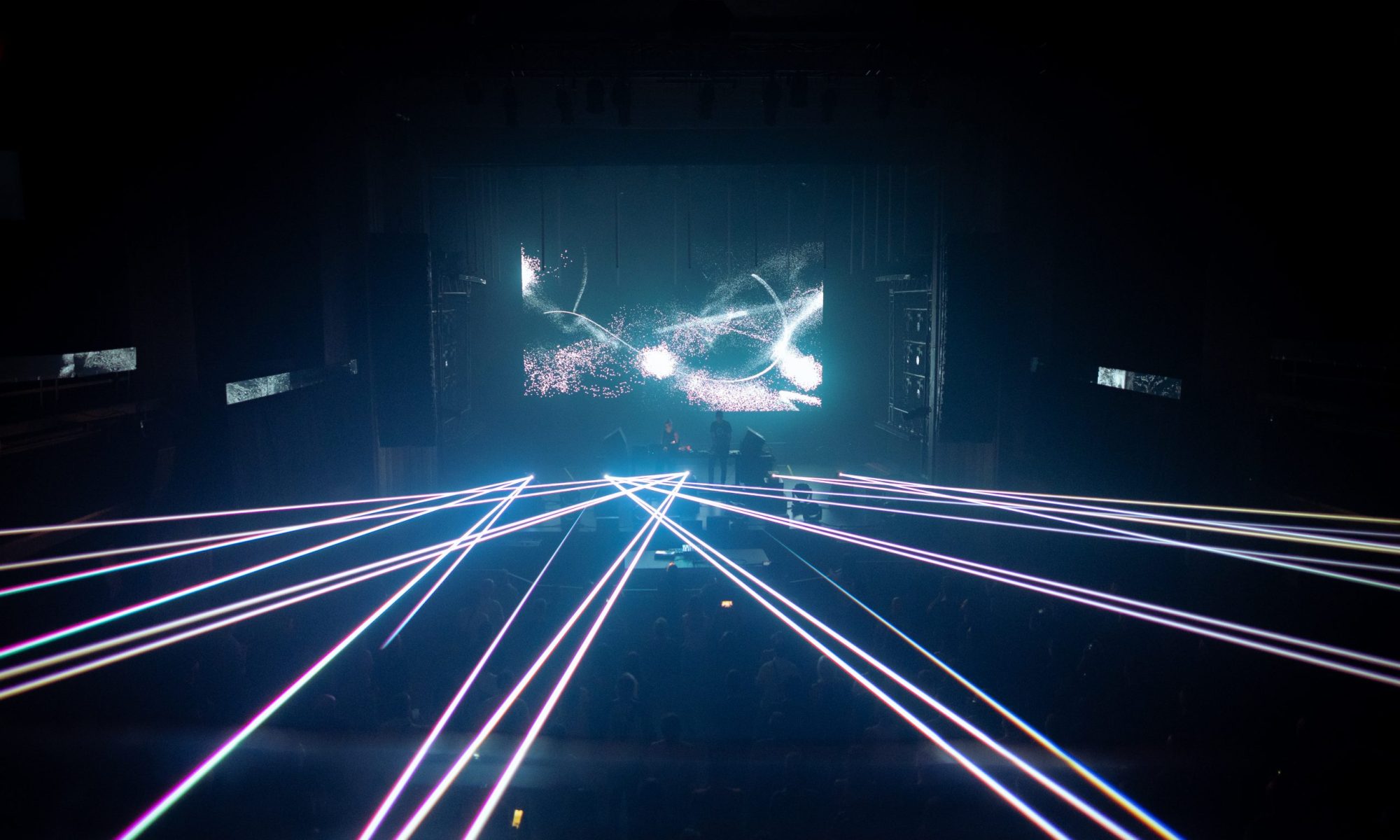EXTRACT (2CD + book by Non Visual Objects)
As sound editing software has become ever more widely available, the number of artists working with sound has increased exponentially. Networks of artists who may live thousands of miles apart, and perhaps never meet except in the virtual realm, have become commonplace. One such network of electroacoustic artists is based in and around Nonvisualobjects, the Vienna-based label inaugurated by Raphael Moser and Heribert Friedl some two years ago, and Extract provides some of its participants with an opportunity to explain a number of things, including: what it is they do, why they do it, what musics and sounds have influenced them, what it is they value in art, what value their art (if indeed it is art) is to themselves and to society, and whether the sound pieces they make constitute music.
Because sound is often only one of the materials these artists work with, the editors have encouraged them to present other aspects of what they do. The chapters are, as they put it, collage-like and open to interpretation. There’s a tendency therefore to present information somewhat obliquely, as John Hudak does through a series of crudely hand-drawn self-portraits, which he considers analogous to the way he makes music. Roel Meelkop’s entry consists of a short piece of autobiographical fiction that wryly purports to explain how he became a sound artist. Bernhard Günter highlights a non-musical aspect of his work – his ‘photo walks’, illustrated by five of his highly abstract photographs – though he declares there’s no real distinction for him between audio and visual: “It . . . doesn’t make an essential difference whether I handle a sound sample in a digital recording system, an instrument in my hands, or a camera in front of my eye: my success or failure will always depend on my being able to enter the right state of mind”. Taylor Deupree emphasises one of the major themes that runs through the book, the importance of social networks, by presenting a visual diary consisting of 69 small photographs, taken during the four trips he made to Japan between 2003-05, almost all of which are snapshots of friends and colleagues in informal situations, only a fat handful of which are of performances or were taken at concert venues. It should perhaps be mentioned at this juncture that all of the visual illustrations in the book are monochrome, and of lower resolution than one might have wished for, but otherwise production values are high.
Needless to say, the reasons these sound artists give for making the work they do are as varied as the work itself. Sometimes it comes down to feeling uncomfortable playing traditional instruments, especially as children; or other influences creep in that won’t reconcile themselves with the music they hear around them. Keith Berry, for example, writes of the hot water tank in his childhood bedroom that fed the house’s central heating system, the noises of which fascinated him, and he helpfully includes a photograph of the water tank in question so we can see what he heard. Of present day influences, less is said; or perhaps it’s truer to say that what’s said is less revealing. Jos Smolders points up a particular dilemma in this regard: “Since the existence of the internet, the scope of what we can choose from is so wide that nothing can be outstanding. And if something does, for a moment, then immediately there are at least 100 others copying it, thereby obliterating the original”. He concludes, feelingly, “So, maybe it sounds a bit presumptuous, but I really haven’t a clue about my present day influences”.
Smolders may feel dispirited about the lack of outstanding work he gets to hear, but the two CDs of sound material that accompany the book don’t bear this out. Each of the 22 contributors has supplied a piece of sound/music, including (of those yet to be mentioned) Steve Roden, Ubeboet, Richard Garet, I8U, Asmus Tietchens, Richard Chartier, Will Montgomery, Steinbrüchel, Dean King, Heribert Friedl, Andy Graydon, Michael Vorfeld, Nao Sugimoto, Tomas Phillips, Dale Lloyd and Toshiya Tsunoda. Some of the pieces are, as the book’s title suggests, extracts from longer works (and, if not, one could argue they’re extracts from a lifetime’s work), none of which tops the nine minute mark. The most striking pieces, to my mind, are those by Graydon, Tsunoda, Berry, Smolders, Montgomery, Vorfeld and Tietchens. It’s perhaps inevitable that once all the texts have been read, the best reason for returning to this volume will be to listen to the CDs, but the book is nonetheless a valuable and extremely welcome resource.
(brian marley, the wire # 284)

